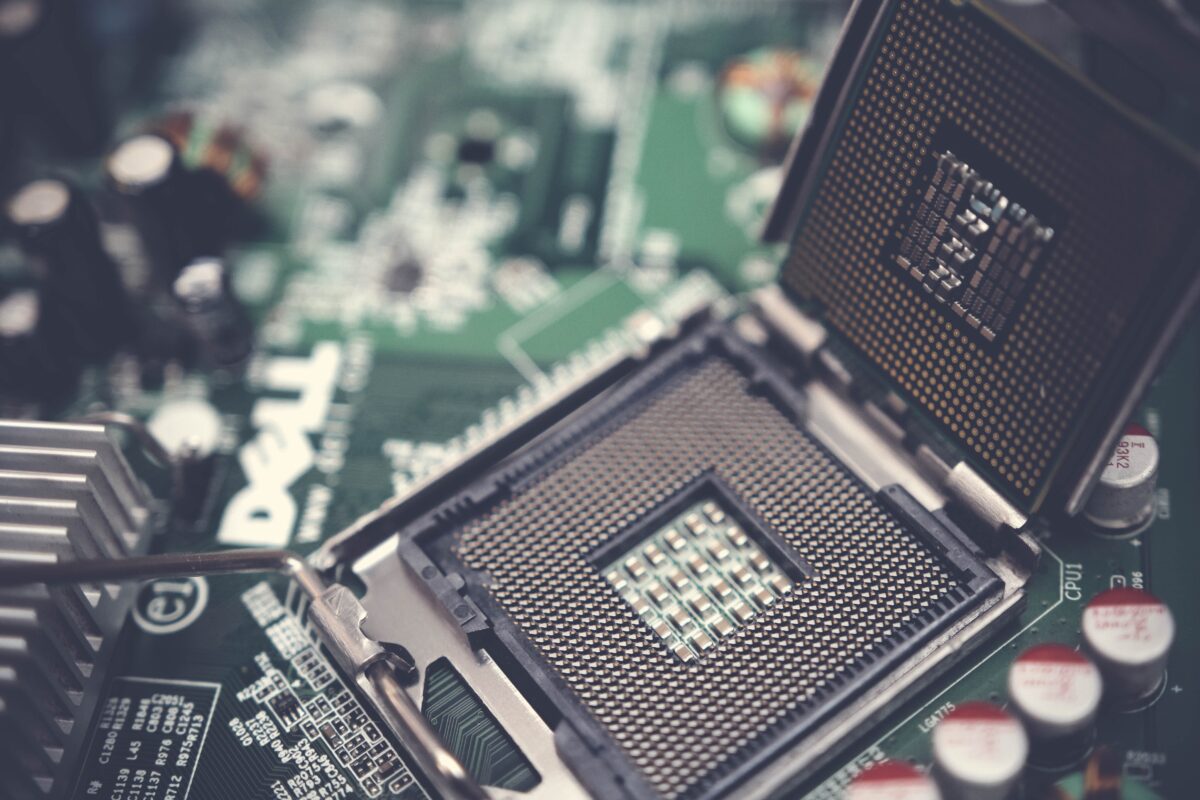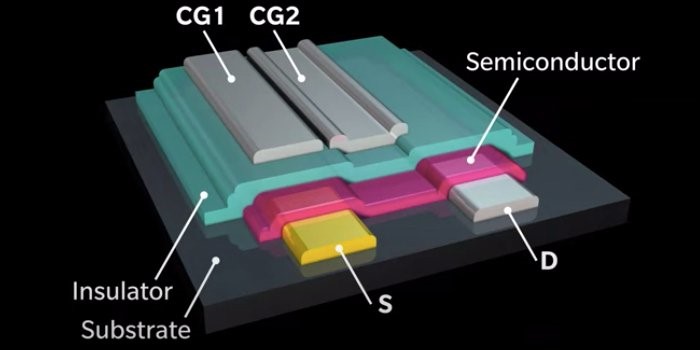Chipageddon is upon us
Semiconductors go unseen yet they are at the heart of all our electronics. When supplies run short manufacturing lines slow down and the availability of products is affected. Last year had several examples, some of which may have affected you.
AMD’s Radeon RX 6800 XT GPU was released in December but got nowhere close to meeting demand. Sony’s PS5 and Microsoft’s Xbox Series X sold out immediately and are rarer than hen’s teeth today. Even Apple admitted that the chip shortage affected sales of the iPhone 12 because they had to stagger product launches.
Then, near Christmas, the word “Chipageddon” was used by an automotive industry insider to describe the chip shortage affecting the automotive industry.
Chipageddon
It’s easy to overreact about things, but today’s chip shortage is worth getting in a sweat about. Supply and demand is faltering, and manufacturers are genuinely struggling to get the chips they need to make products.
Supply and demand is a basic economics model linking the relationship between the quantity of a commodity available and the quantity people want to buy to price determination. When supply exceeds demand, prices increase. When the opposite happens, prices decrease. It’s easy enough to understand.
If you’re still with us, the chip shortage has had two main impacts:
- Fewer chips are available
- Prices for chips are increasing
This is a double whammy. It means manufacturers are making fewer products and paying more to make them. These costs DO get passed to you, the consumer. It’s the reason why you see random 10% increases in smartphone prices.
You also have the issue of foundries running at max capacity coupled to the low number of foundries that manufacture the newest wafers.
Industries worst hit
By far the worst-hit industry by a chip shortage is the automotive industry. The world’s largest carmakers are facing a critical shortage of semiconductors at a time when demand is increasing, and cars are getting smarter.
Today’s cars have as many as 50 semiconductors that run a variety of systems. In a few years, this number is expected to increase to over 100. 60 million cars are produced each year worldwide. It means the industry needs 3,000,000,000 semiconductors, an enormous number whichever way you look at it.
Another industry hit hard by a chip shortage is consumer electronics. Smartphone manufacturers like Apple and Samsung are struggling to meet demand because there are not enough semiconductors to go around. Sony and Microsoft can’t manufacture as many game consoles as they need to because of lack of supply.
What’s the solution?
Chipmakers need to expand capacity and build more factories. Manufacturers need to consider alternatives to primary component suppliers. The issue is that chip fabrication plants take two years to set up and a low-quality chip can stop an expensive product from shipping. This is as much a quality demand issue as a supply one.
One way you can make sure you have the chips you need is to partner with an electronic component distributor like us. We specialise in the procurement and delivery of electronic components and parts for a wide variety of industries.
Call: +1 973-579-8100
Email:sales@Lantekcorp.com



